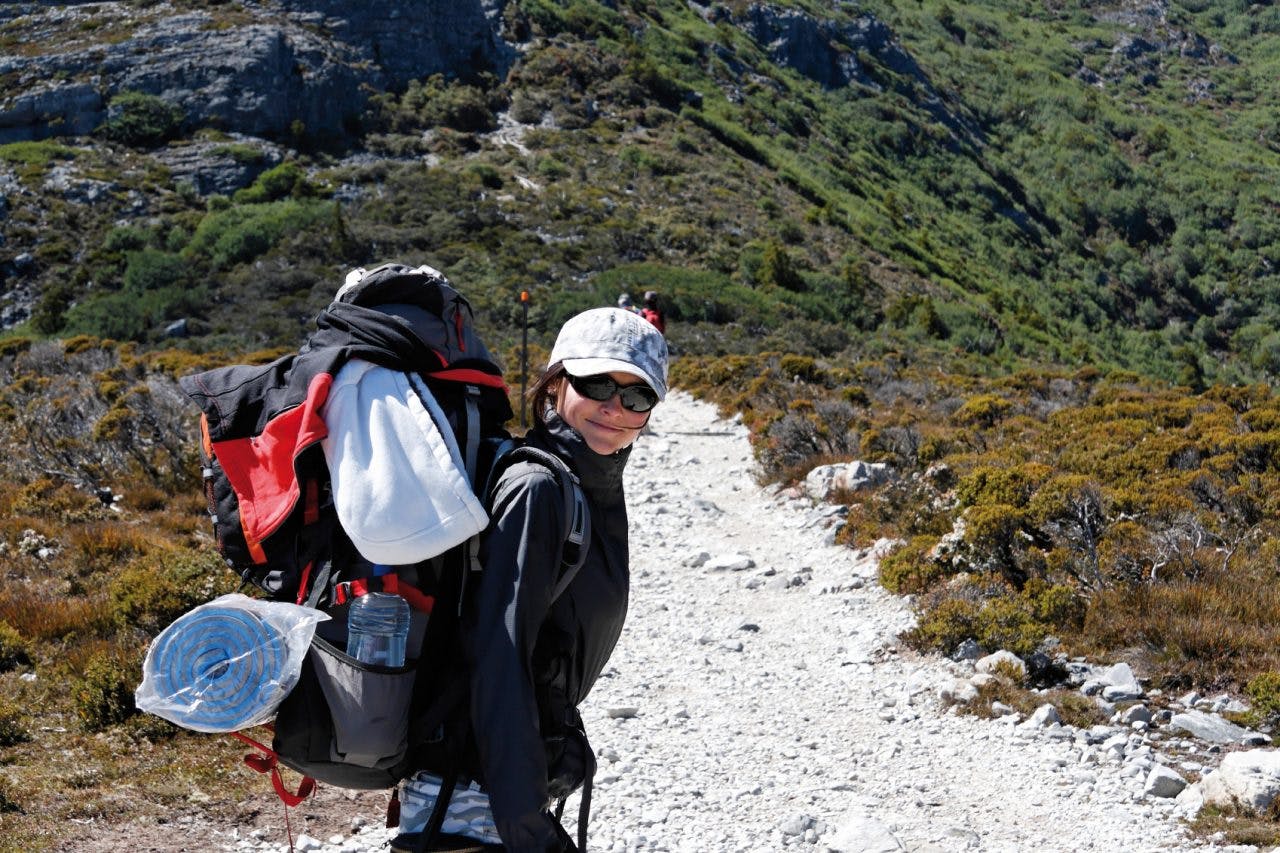Gear is undoubtedly lighter, so why are we packing the same weight today as trampers of a generation or two ago?
Weight, we’re obsessed by it. It is the one common factor across virtually everything that we consider when heading on a self-propelled journey. It’s one of the first things we learn to consider as new entrants to the outdoors and it’s something that as we age we think more about. Manufacturers shave grams off our loads, but generally, unless you’ve chosen to be part of the ultralight fraternity trampers are still carrying about the same weight their forebears did. Why?
It seems that when we save some weight we add some other ‘necessity’ to our load. The greatest variable addition appears to be water. Hydration bladders allow us to carry up to three litres of water. Three litres equals three kilograms. Historically a quick stop at a stream was the way we hydrated. Baden Powell in his 1908 writing ‘Scouting for Boys’ recommended avoiding becoming thirsty by keeping your mouth shut and to emphasise that action by holding a pebble in your mouth.
Cooking or a cup of tea meant lighting a fire. Trampers anticipated finding a large axe at huts, but a group would carry a tomahawk weighing about 600g on the trail. We’ve done away with the tomahawk but replaced it with fuel, either gas or liquid and some type of cooker that typically weighs in between 400-950g.
Early navigation equipment, developed from military models, was ruggedized by non-ferrous metal casing –over time brass gave way to aluminium and early plastics like Bakelite were used, weighing from 30-80g. The marching compass was superceded for most Kiwi trampers from the 1950s by the Swedish Silva plastic baseplate compass weighing 28g. Now we carry this or have a digital compass in our ‘wristwatch’ (25g) as well as carrying a GPS weighing 260g, at least two spare AA batteries at 48g. All up, our navigation aids now weigh 10 times what they used to.
The weight of tramper’s nutritional requirements hasn’t altered much over decades, but the demand for variety has. Hardened trampers may have lived on an uninspiring menu of porridge for breakfast, a baked oatmeal/flour Tararua Biscuit for lunch, and damper, the unlevened bread made in the coals of a fire, for tea. Not nutritionally sound in the long term but enough to provide the necessarys for a long weekend’s tramp. In the 1960s people started to experiment with home dehydrators and all sorts of vegetables and meats began to appear on the hut table and our expectation to be able to carry variety into the hills burgeoned.
Nowadays a commercially produced five serve Thai chicken curry dehydrated meal weighing 440g is polished off pretty easily by four after a big day and they’ll be looking for something for dessert after that.
From the early 20th century trampers tended to be club members. Club trips were inclined to be local, with an annual ‘away’ trip to remoter areas. Clubs frequently built their own huts that were stocked with some necessities. An axe, a camp oven, an assortment of billies, a selection of left-over flour, sugar and salt from previous visitors. Effectively, knowing that you were heading for your club hut meant knowing you didn’t have to carry a billy.
Nowadays we expect to carry our own fuel cooker. Building a fire to boil the billy appears anachronistic, expecting to find some palatable food left in a hut is a foolish hope, and you’re more likely to find a camp oven displayed in a museum than find one at a hut.
Climber’s equipment is an area where weight shaving has been highly evident. An old wooden hafted steel bladed ice axe weighed about 1.5kg compared to the alloy contemporary at around 485g.
The old axe was used to cut steps in ice, but that need reduced dramatically with the 1908 invention of 10-point crampons. Let’s add their weight of about 970g, including anti-balling plates, to the modern ice axe to get a comparison. 1455g against 1500g, not really that much of a difference.
We’re buying lighter, and tell ourselves ‘lighter is better’, but in reality we lug the same weight into the hills time and time again. Over recent decades we’ve added headlamps, Mp3 players, PLBs, cell phones, batteries and possibly a solar charger to our packs. Oh, and then there’s a walking pole or two.
The lightweight and ultra-light brigade appeared from the early 1990s and then the arguments about need, comfort, risk and safety really took off.
– Ross Millar







